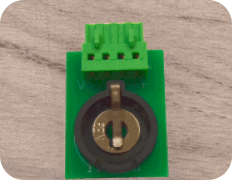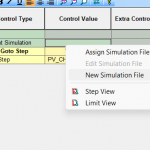Arbin DCIM Feature
The Arbin DCIM feature is a state-of-the-art technology to measure battery impedance via a DC method. This is a practical substitute of ACIM measurement method to get EIS plot while also providing additional benefits.
Background
There are two methods to analyze a battery's impedance among a frequency range, AC method and DC method.
The AC method, also known as ACIM, applies a set of AC signals with different frequencies to the battery, meanwhile samples both AC current and voltage on the battery. Then the impedance can be derived from voltage/current amplitude and their phase shift at different frequencies.
The DC method, namely DCIM, applies a DC current to the battery, meanwhile sample the current and voltage on the battery. Then the impedance can be derived from fitting value to the battery's equivalent circuit.
Impedence Methods in Graphs
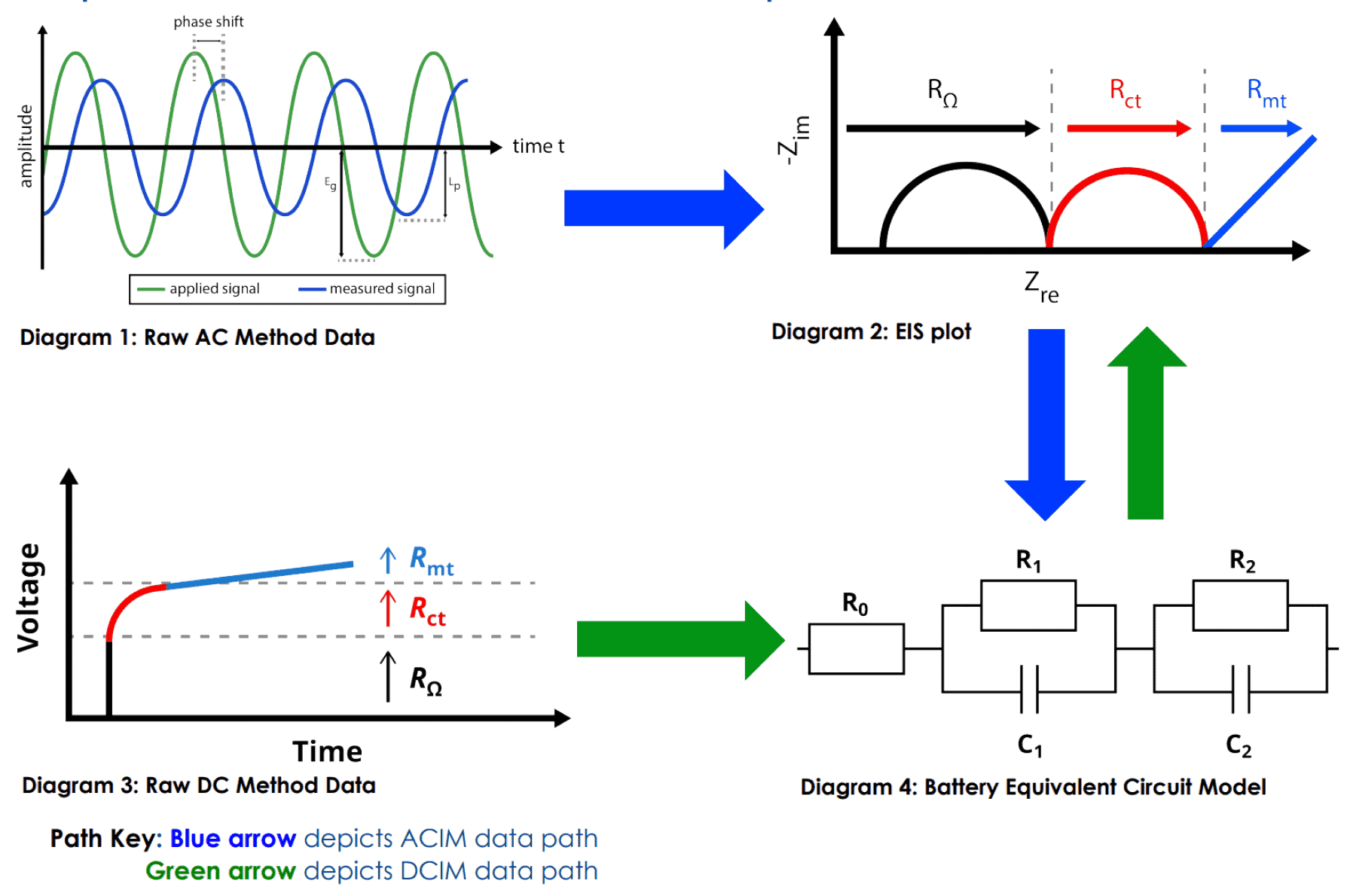
Arbin's DCIM Feature Benefits
Below is the comparison of AC method and DC method for Battery Impedance measurement:
ACIM vs DCIM
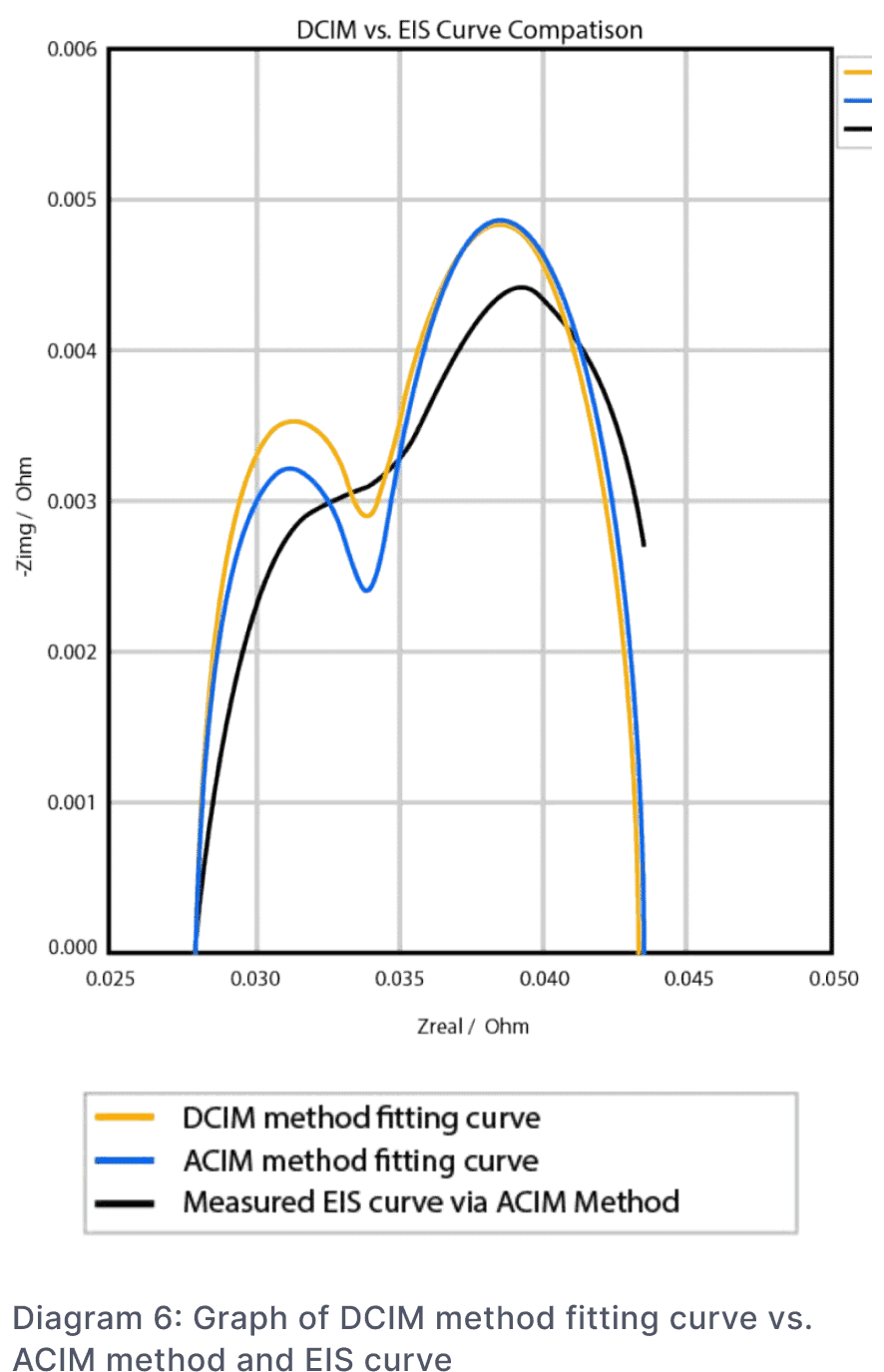
Table 1: Derived parameters using a 18650 cell
How to run DCIM on MITS 11
1. Create new Test Plan, choose schedule "[Built-in] DCIM"
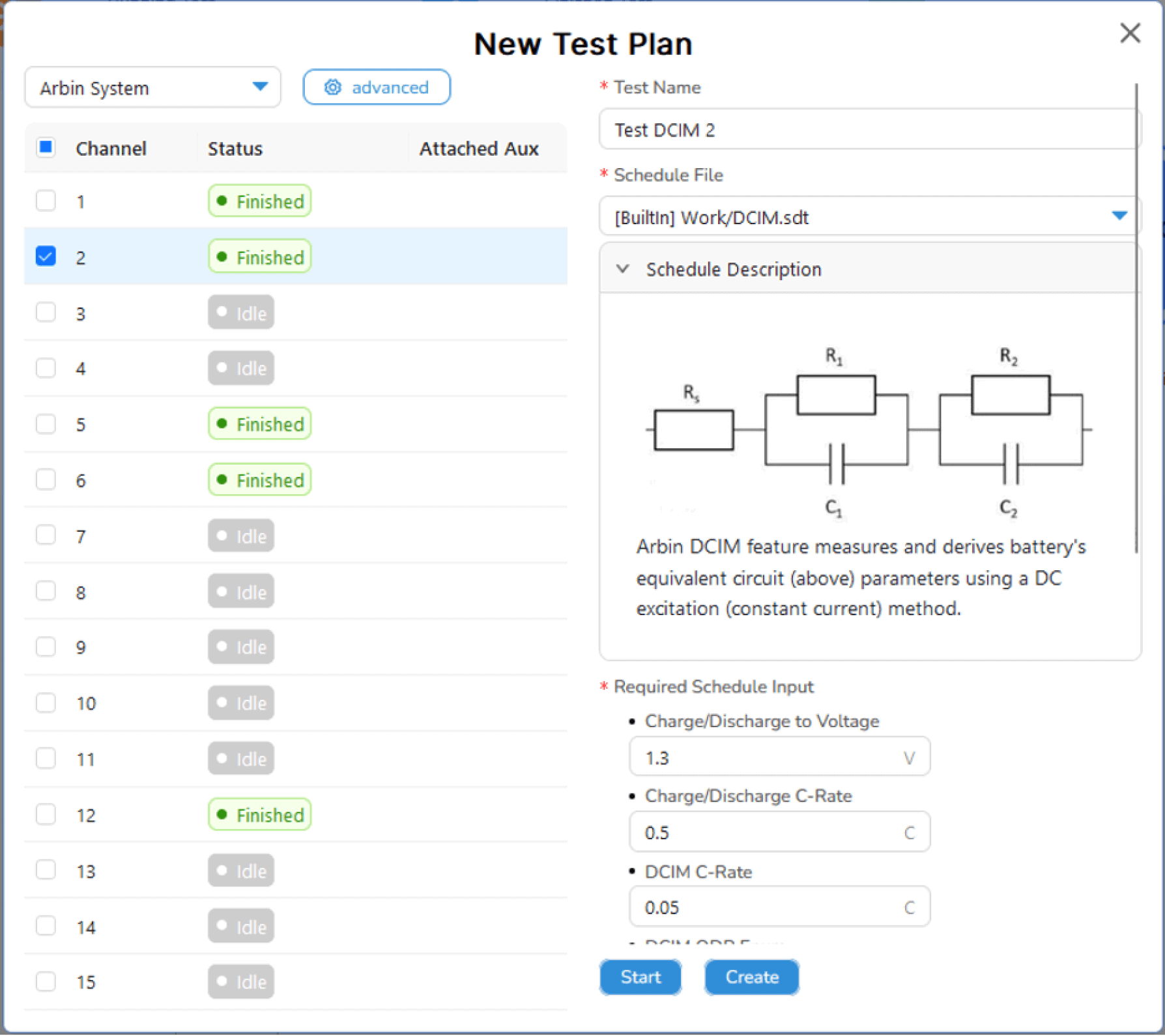
2. Start the test plan, wait until it finished
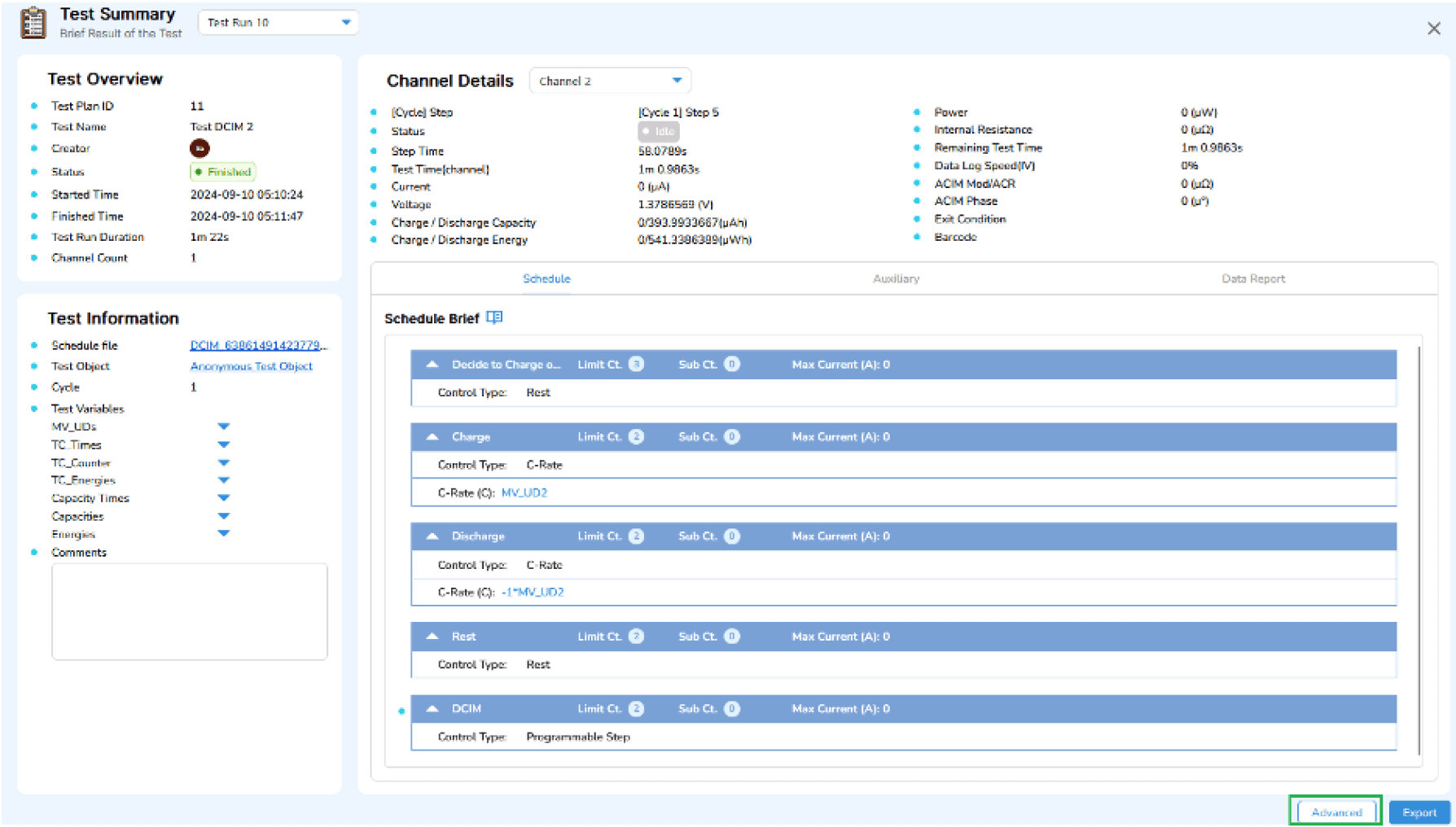
3. Go to test summary page of that test plan, press advanced, then press DCIM mode to the result when run DCIM calculation with the default parameters
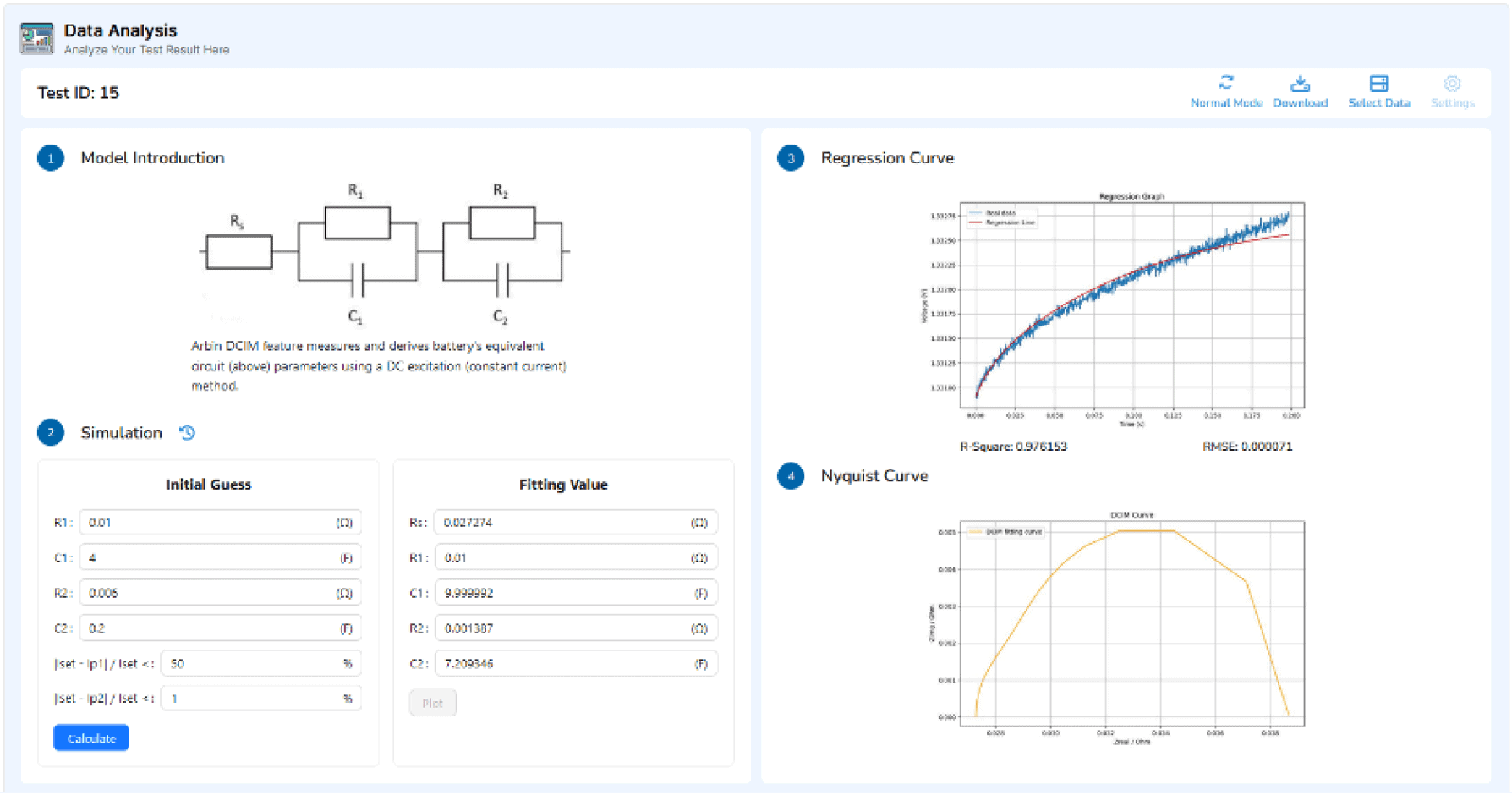
4. Update the parameters in Initial Guess sections and press calculate to manually calculate the DCIM




